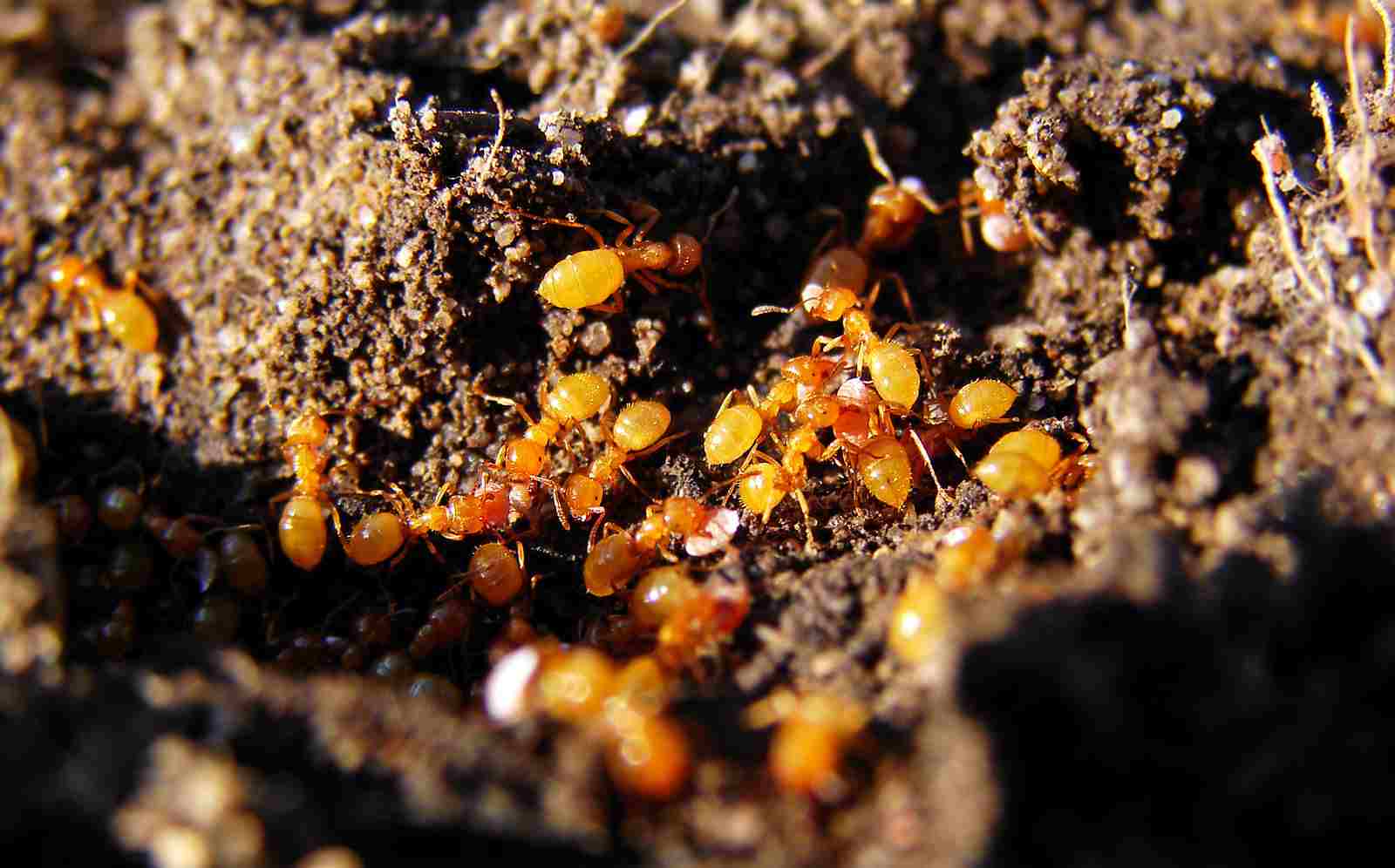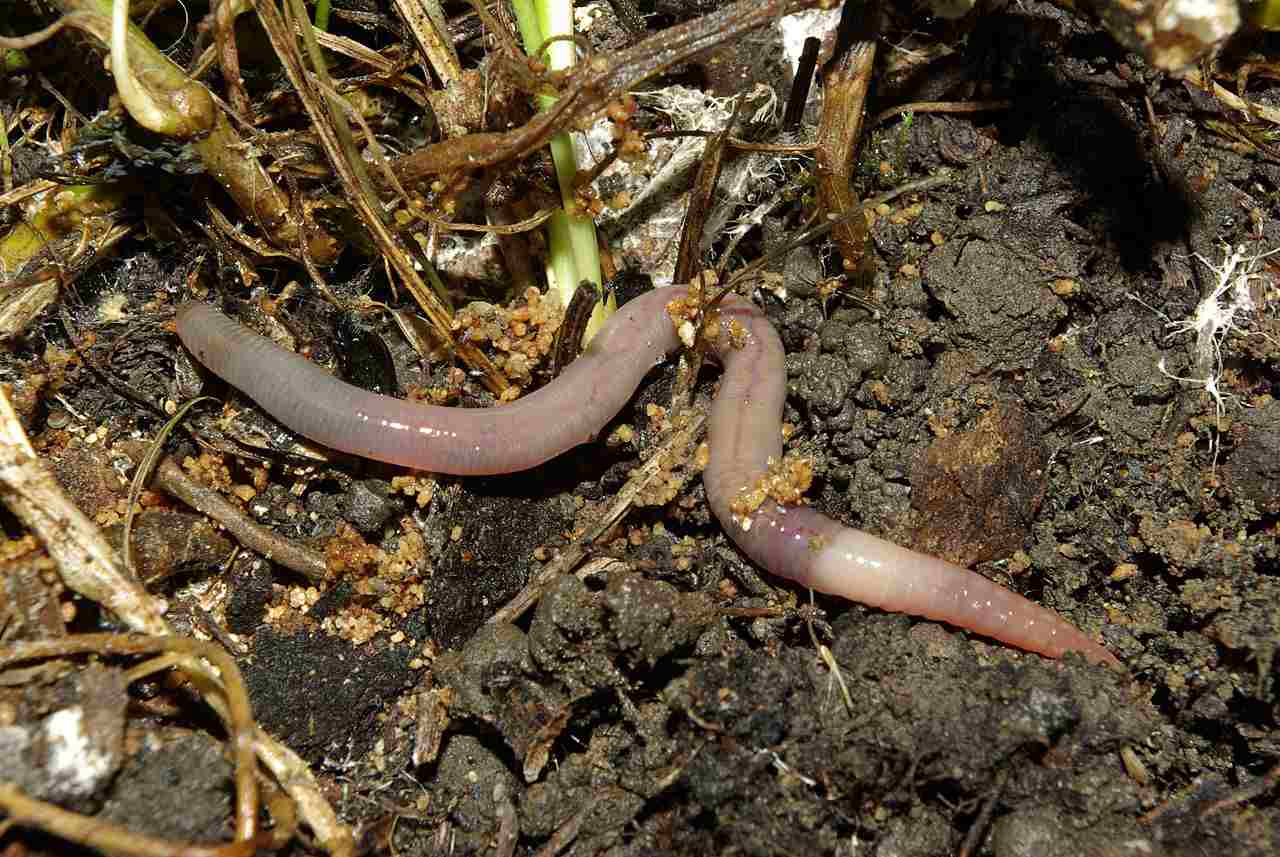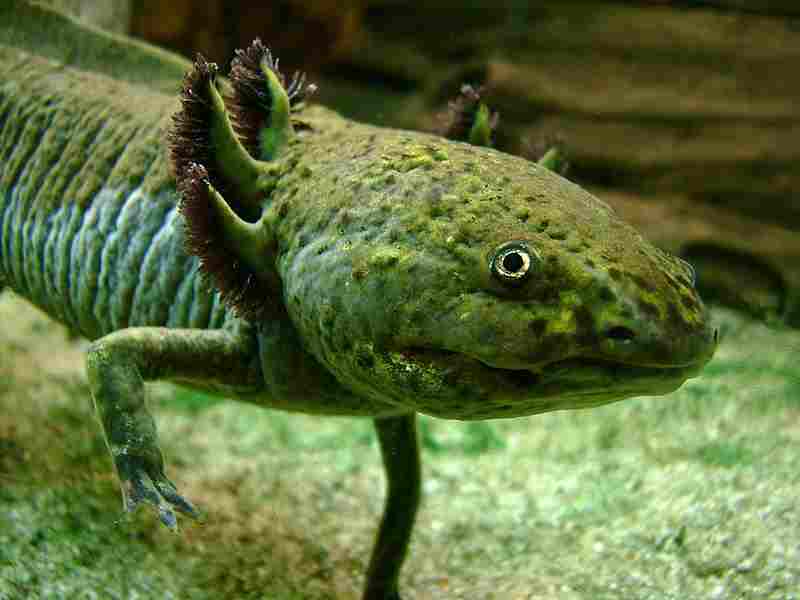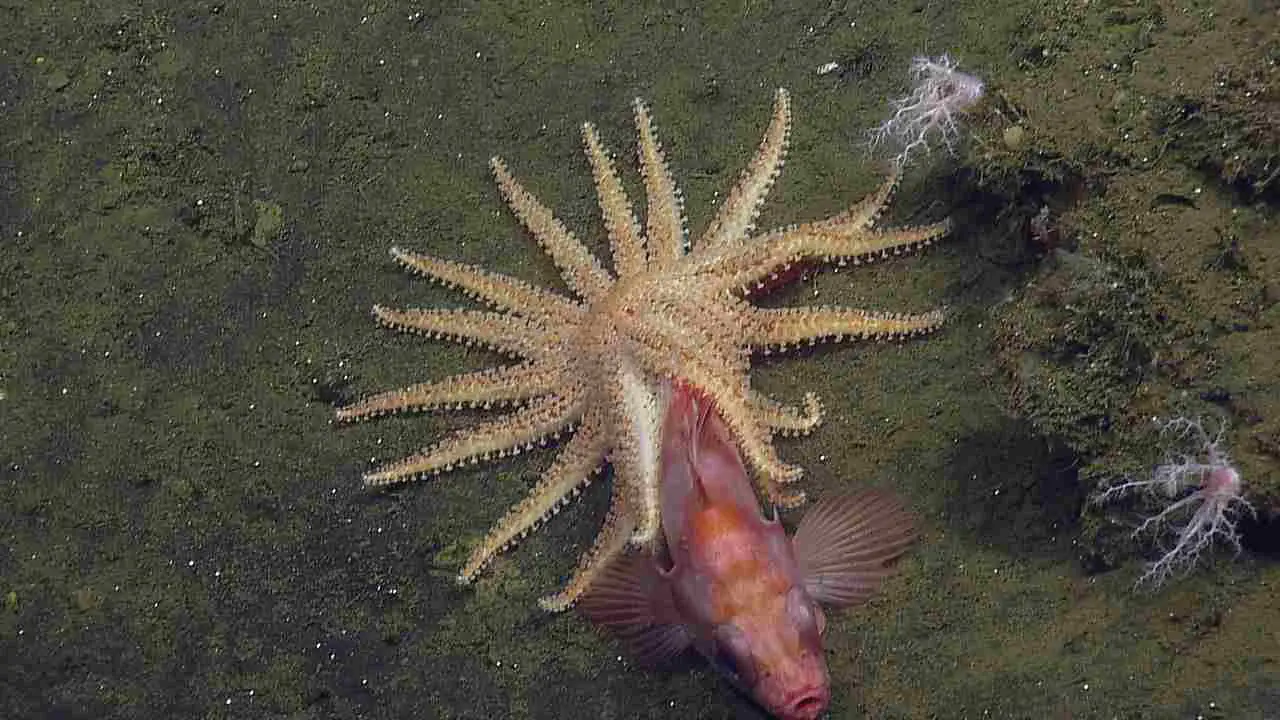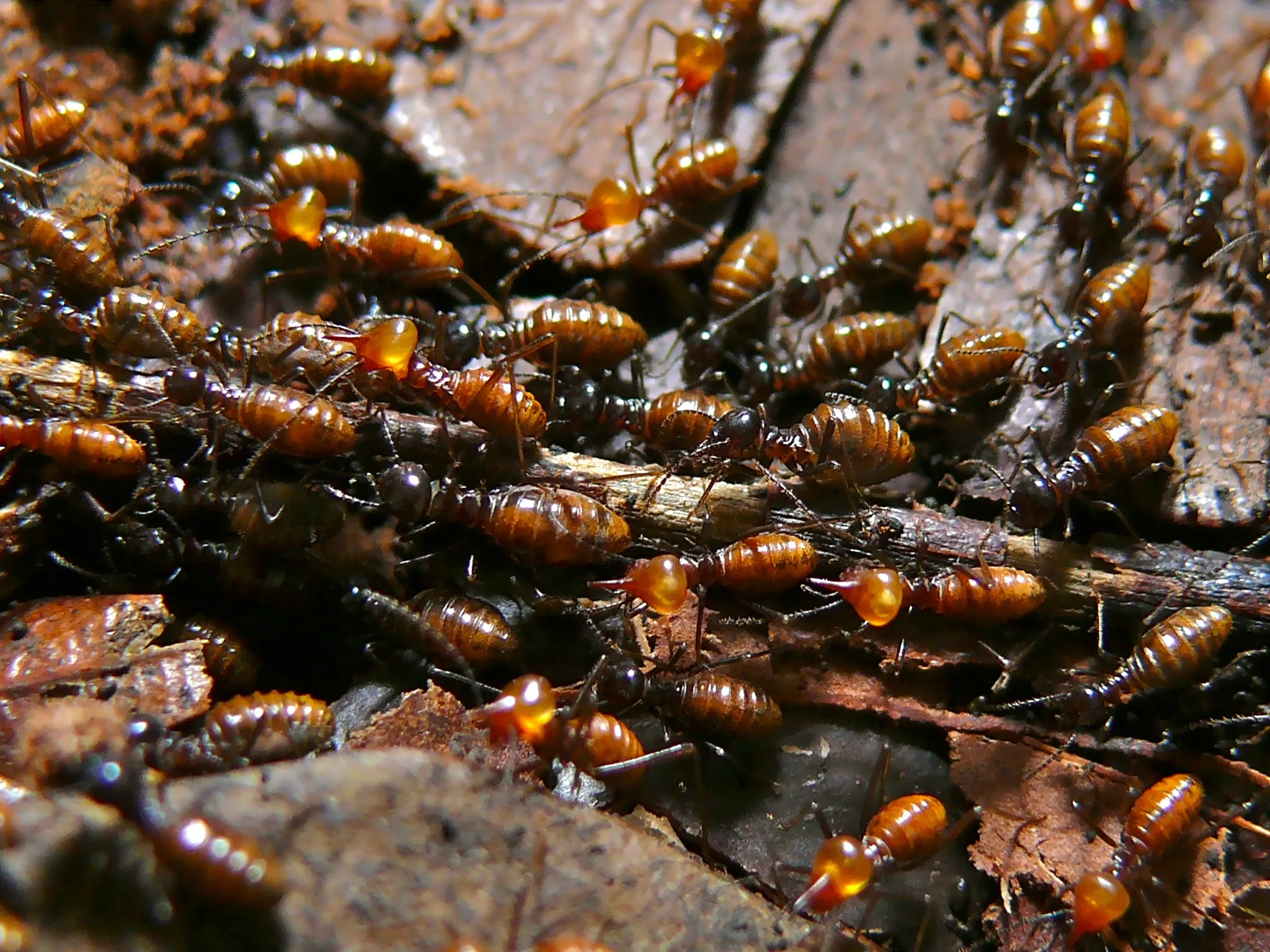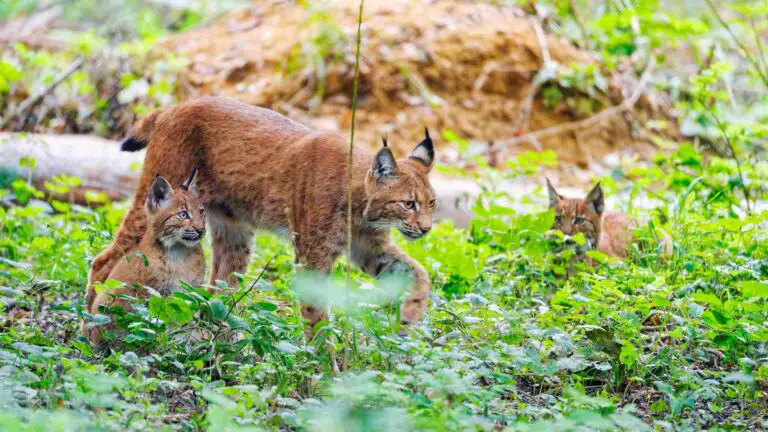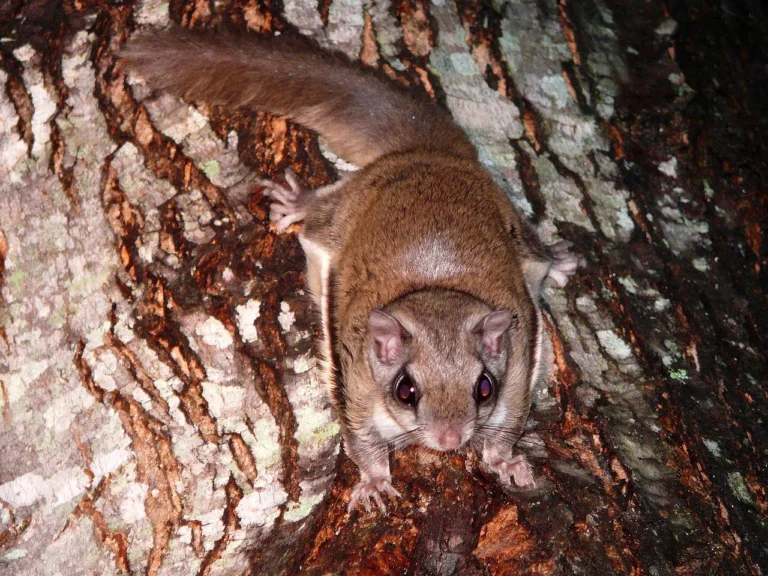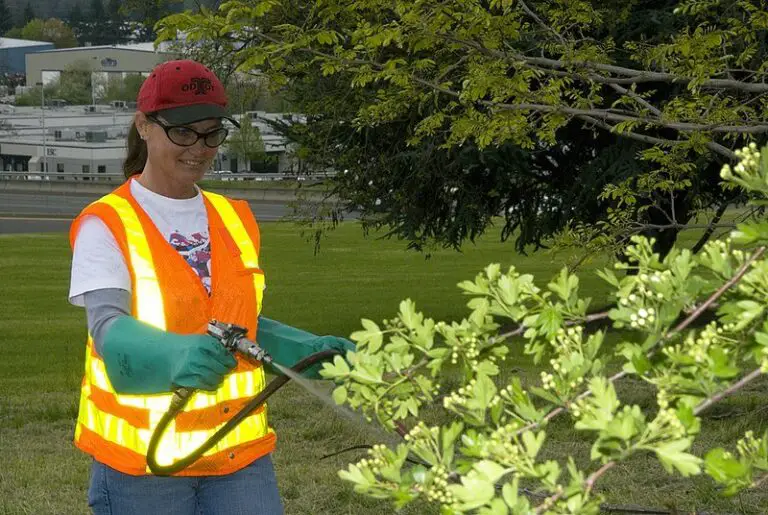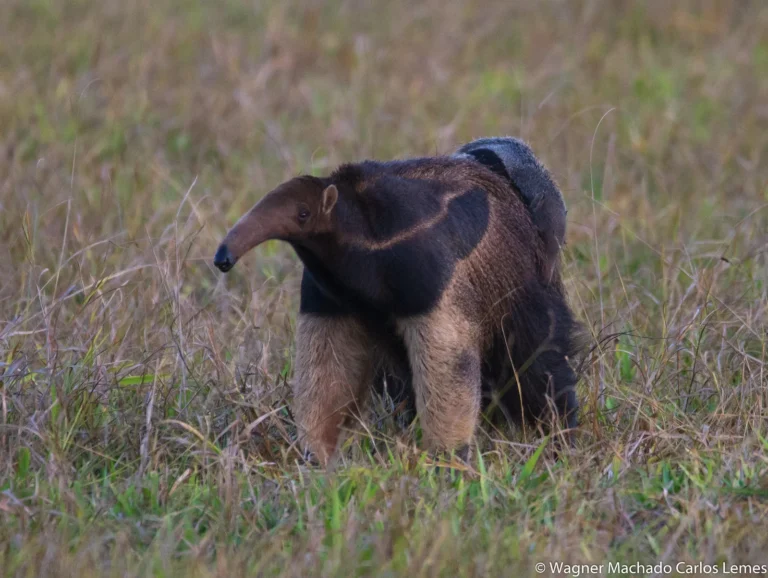The Main Detritivores In An Ecosystem And Their Characteristics Discussed
The main detritivores in an ecosystem are organisms that feed on dead organic matter, contributing to decomposition and nutrient cycling. They range from microscopic (like bacteria, fungi, and protozoa) to macroscopic (like earthworms, millipedes, and woodlice). Terrestrial detritivores, such as ants and termites, play a critical role in soil health, while aquatic detritivores, including crayfish and sea cucumbers, maintain the health of freshwater and marine environments. Obligate detritivores rely exclusively on dead organic matter, while non-obligate detritivores have more flexible diets. Arthropods like beetles and crustaceans are major detritivores, while non-arthropods include earthworms, snails, and certain fungi. Together, these organisms form a critical part of the ecosystem, ensuring the recycling of organic matter and the stability of the food web.
1. Microscopic Detritivores
Microscopic detritivores play a crucial role in breaking down organic matter into simpler compounds in ecosystems. They are typically invisible to the naked eye, requiring microscopes to be observed. These organisms help decompose plant and animal debris, recycling nutrients back into the ecosystem. Here are some common examples of microscopic detritivores:
a. Bacteria
Bacteria are single-celled microorganisms that are found in virtually all ecosystems, from soil to water to air. They decompose organic matter by secreting enzymes that break down complex molecules into simpler forms. Bacteria play a critical role in nutrient cycling and energy flow, transforming dead organic matter into forms usable by other organisms.
b. Fungi
Fungi are another group of microorganisms that break down organic matter. They include yeasts, molds, and mushrooms. Fungi decompose cellulose and lignin, which are tough components of plant cell walls. By breaking down these complex carbohydrates, fungi release nutrients back into the soil, benefiting plant growth.
c. Protozoa
Protozoa are single-celled eukaryotic organisms, often found in moist environments. Many protozoa feed on bacteria and other microorganisms, contributing to the decomposition process by recycling the nutrients from these smaller detritivores back into the ecosystem.
d. Nematodes
Although some nematodes are larger, many are microscopic in size. They play a role in breaking down organic matter in soil and aquatic environments by consuming bacteria, fungi, and other small organisms. Nematodes are important for maintaining soil health and fertility.
e. Actinomycetes
Actinomycetes are a group of bacteria known for their filamentous growth patterns, similar to fungi. They are found in soil and are responsible for decomposing complex organic compounds like cellulose and chitin. Actinomycetes are crucial in breaking down resistant materials and releasing nutrients into the ecosystem.
These microscopic detritivores form the foundation of the decomposition process, creating a base for larger organisms and supporting nutrient cycling in ecosystems. They are vital to ecosystem health, facilitating the breakdown of organic matter and promoting energy flow across various trophic levels.
2. Macroscopic Detritivores
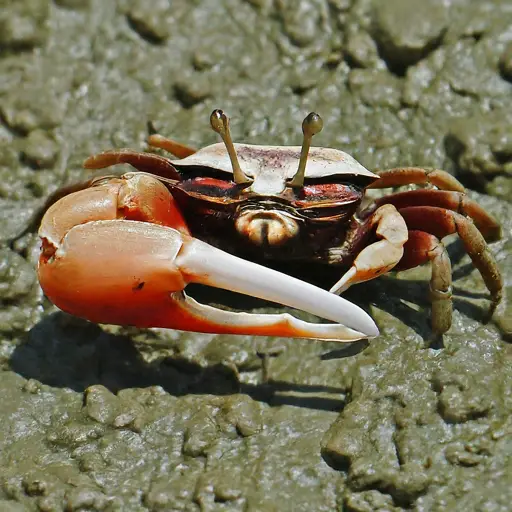
Macroscopic detritivores are organisms that are large enough to be seen without a microscope. They play an essential role in breaking down larger pieces of organic matter into smaller pieces, which helps facilitate decomposition. These organisms often inhabit soil, leaf litter, and aquatic environments. Some common examples include:
a. Earthworms Earthworms are perhaps the most recognized detritivores. They ingest soil and organic material, digesting it and excreting nutrient-rich casts. Their burrowing behavior helps aerate the soil, promoting healthy plant growth.
b. Millipedes Millipedes are multi-legged arthropods that consume decaying plant matter, such as fallen leaves. As they break down organic matter, they help recycle nutrients back into the soil.
c. Woodlice (Isopods) Woodlice, or pillbugs, feed on decaying plant material and fungi. They play an important role in the decomposition of leaf litter and other organic debris in forests and gardens.
d. Snails and Slugs Snails and slugs are gastropods that feed on decaying plant matter, algae, and fungi. They contribute to nutrient recycling in both terrestrial and aquatic ecosystems.
e. Fiddler Crabs Fiddler crabs are found in coastal environments and feed on detritus in the sand and mud. They play a crucial role in breaking down organic matter in estuarine ecosystems.
3. Terrestrial Detritivores
Terrestrial detritivores are organisms that consume dead organic matter in land-based environments. They contribute to the decomposition of plant and animal material, promoting soil fertility and nutrient cycling. Examples of terrestrial detritivores include:
a. Beetles Beetles, particularly those in the family Scarabaeidae, feed on decaying plant and animal matter. Dung beetles are famous for their role in breaking down animal waste.
b. Ants Some ants, like leafcutter ants, collect organic material and use it to cultivate fungi, which they then consume. They indirectly contribute to decomposition and nutrient cycling.
c. Mites Mites are small arachnids that feed on decaying plant material and fungi. They play a role in breaking down organic matter in soil and leaf litter.
d. Termites Termites consume wood and other cellulose-based materials, breaking them down into simpler compounds. They are crucial for recycling nutrients in forested ecosystems.
4. Aquatic Detritivores
Aquatic detritivores inhabit freshwater and marine environments, where they feed on dead organic matter, including decomposing plants, animals, and algae. These organisms contribute to nutrient cycling in aquatic ecosystems. Common examples include:
a. Crayfish Crayfish are freshwater crustaceans that feed on plant material and small animal remains. They contribute to the breakdown of organic matter in rivers and streams.
b. Amphipods Amphipods are small crustaceans found in both freshwater and marine environments. They feed on detritus and help recycle nutrients in aquatic systems.
c. Sea Cucumbers Sea cucumbers are echinoderms that inhabit marine environments. They feed on detritus and sediment, contributing to nutrient recycling on the ocean floor.
d. Mollusks Some mollusks, like certain species of snails and bivalves, feed on detritus in aquatic environments. They help decompose organic matter in both freshwater and marine ecosystems.
5. Obligate Detritivores
Obligate detritivores are organisms that rely solely on dead organic matter for their diet. They play a unique role in ecosystems by breaking down organic material without hunting or consuming living organisms. Examples of obligate detritivores include:
a. Earthworms Earthworms consume organic matter in the soil and play a vital role in soil fertility and structure.
b. Woodlice Woodlice are obligate detritivores that primarily feed on decaying plant material, contributing to decomposition in forests and gardens.
c. Dung Beetles Dung beetles feed exclusively on animal dung, helping to break down this waste and recycle nutrients back into the ecosystem.
d. Certain Fungi Some fungi are obligate detritivores, breaking down organic matter without requiring a live host. They contribute significantly to nutrient cycling in terrestrial environments.
6. Non-Obligate Detritivores
Non-obligate detritivores are organisms that can consume dead organic matter but do not rely exclusively on it for their diet. They often have more flexible feeding habits and can switch between different food sources, including live prey, plant matter, or other detritivores. This adaptability allows them to thrive in various environments. Examples of non-obligate detritivores include:
a. Rats and Mice Rats and mice are rodents known for their opportunistic feeding habits. While they often consume plant material and other food sources, they also scavenge on dead organic matter.
b. Raccoons Raccoons are omnivorous mammals with a diverse diet. They often forage in urban areas, feeding on discarded food and organic waste, contributing to the decomposition process.
c. Crows and Other Corvids Crows and other corvids are intelligent birds that can consume a variety of foods, including detritus. They scavenge on carrion and other organic matter, aiding in decomposition.
d. Crayfish Crayfish, mentioned earlier as aquatic detritivores, are non-obligate because they can also feed on living plant material and small aquatic organisms, in addition to detritus.
7. Arthropod Detritivores
Arthropod detritivores are a diverse group of detritus-feeding organisms within the phylum Arthropoda, which includes insects, arachnids, crustaceans, and myriapods. These organisms play crucial roles in breaking down organic matter and recycling nutrients in both terrestrial and aquatic ecosystems. Some examples of arthropod detritivores are:
a. Ants Ants are widely distributed across ecosystems and can be detritivores. They collect organic material to feed their colonies, indirectly aiding in decomposition and nutrient recycling.
b. Beetles Beetles, especially scarab and carrion beetles, are key decomposers. They break down plant material and animal remains, facilitating nutrient cycling.
c. Millipedes Millipedes are myriapods that primarily feed on decaying plant matter, breaking it down into smaller pieces, and aiding in soil health.
d. Crustaceans Crustaceans like woodlice, crabs, and amphipods are also detritivores. They feed on organic matter in various environments, playing a significant role in nutrient recycling.
8. Non-Arthropod Detritivores
Non-arthropod detritivores include organisms outside the arthropod phylum that feed on dead organic matter. They play important roles in ecosystems, contributing to the decomposition of organic material and promoting nutrient cycling. Examples of non-arthropod detritivores are:
a. Earthworms Earthworms, as mentioned earlier, are a well-known group of non-arthropod detritivores that play a crucial role in soil health and decomposition.
b. Fungi Fungi, including mushrooms and molds, break down dead plant and animal material, releasing nutrients into the ecosystem.
c. Snails and Slugs Gastropods like snails and slugs feed on decaying plant material and fungi, contributing to the decomposition process in both terrestrial and aquatic environments.
d. Bacteria Bacteria are microscopic detritivores that play a fundamental role in breaking down organic matter at the microscopic level, facilitating nutrient recycling in all ecosystems.
These various groups of detritivores, both arthropod and non-arthropod, work collectively to decompose organic matter, recycle nutrients, and maintain the health and stability of ecosystems across the globe.
*Summary
-
Microscopic Detritivores
-
Bacteria: Break down organic matter, fundamental in nutrient cycling.
-
Fungi: Decompose cellulose and lignin, releasing nutrients into the soil.
-
Protozoa: Feed on bacteria and contribute to decomposition.
-
Nematodes: Microscopic worms that consume other small organisms.
-
Actinomycetes: Filamentous bacteria that break down complex compounds.
-
-
Macroscopic Detritivores
-
Earthworms: Ingest soil and organic matter, aerate soil.
-
Millipedes: Consume decaying plant matter.
-
Woodlice (Isopods): Feed on decaying plant material.
-
Snails and Slugs: Feed on decaying plant material and fungi.
-
Fiddler Crabs: Break down organic matter in coastal areas.
-
-
Terrestrial Detritivores
-
Beetles: Scarab and other beetles that feed on organic matter.
-
Ants: Collect organic material for their colonies.
-
Mites: Small arachnids that break down organic matter.
-
Termites: Consume wood and cellulose-based materials.
-
-
Aquatic Detritivores
-
Crayfish: Feed on plant and animal remains in freshwater.
-
Amphipods: Small crustaceans that feed on detritus.
-
Sea Cucumbers: Marine echinoderms that consume detritus.
-
Mollusks: Snails and bivalves that feed on detritus.
-
-
Obligate Detritivores
-
Earthworms: Rely solely on dead organic matter.
-
Woodlice: Consume decaying plant material exclusively.
-
Dung Beetles: Feed exclusively on animal dung.
-
Certain Fungi: Obligate detritivores, breaking down organic matter.
-
-
Non-Obligate Detritivores
-
Rats and Mice: Opportunistic feeders that scavenge on detritus.
-
Raccoons: Omnivorous, scavenging on discarded food and organic waste.
-
Crows and Other Corvids: Scavenge on carrion and other organic matter.
-
Crayfish: Can also consume live plant material.
-
-
Arthropod Detritivores
-
Ants: Collect organic material, contributing to decomposition.
-
Beetles: Consume organic matter, aiding in decomposition.
-
Millipedes: Feed on decaying plant matter.
-
Crustaceans: Include woodlice, crabs, and amphipods.
-
-
Non-Arthropod Detritivores
-
Earthworms: Major contributors to soil health and nutrient recycling.
-
Fungi: Break down plant and animal material, releasing nutrients.
-
Snails and Slugs: Consume decaying plant matter.
-
Bacteria: Microscopic detritivores essential in nutrient cycling.
-
| Category | Examples |
| Microscopic Detritivores |
Bacteria, Fungi, Protozoa, Nematodes, Actinomycetes
|
| Macroscopic Detritivores |
Earthworms, Millipedes, Woodlice, Snails, Fiddler Crabs
|
| Terrestrial Detritivores |
Beetles, Ants, Mites, Termites
|
| Aquatic Detritivores |
Crayfish, Amphipods, Sea Cucumbers, Mollusks
|
| Obligate Detritivores |
Earthworms, Woodlice, Dung Beetles, Certain Fungi
|
| Non-Obligate Detritivores |
Rats, Mice, Raccoons, Crows, Crayfish
|
| Arthropod Detritivores |
Ants, Beetles, Millipedes, Crustaceans
|
| Non-Arthropod Detritivores |
Earthworms, Fungi, Snails, Bacteria
|

